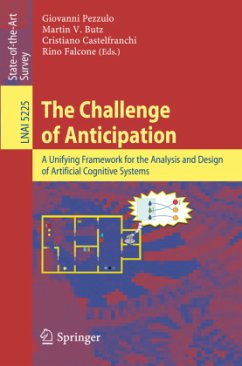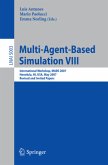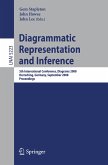The general idea that brains anticipate the future, that they engage in prediction, and that one means of doing this is through some sort of inner model that can be run of?ine,hasalonghistory. SomeversionoftheideawascommontoAristotle,aswell as to many medieval scholastics, to Leibniz and Hume, and in more recent times, to Kenneth Craik and Philip Johnson-Laird. One reason that this general idea recurs continually is that this is the kind of picture that introspection paints. When we are engaged in tasks it seems that we form images that are predictions, or anticipations, and that these images are isomorphic to what they represent. But as much as the general idea recurs, opposition to it also recurs. The idea has never been widely accepted, or uncontroversial among psychologists, cognitive scientists and neuroscientists. The main reason has been that science cannot be s- is?ed with metaphors and introspection. In order to gain acceptance, an idea needs to be formulated clearly enough so that it can be used to construct testable hypot- ses whose results will clearly supportor cast doubtupon the hypothesis. Next, those ideasthatare formulablein one oranothersortof symbolismor notationare capable of being modeled, and modeling is a huge part of cognitive neuroscience. If an idea cannot be clearly modeled, then there are limits to how widely it can be tested and accepted by a cognitive neuroscience community.
Bitte wählen Sie Ihr Anliegen aus.
Rechnungen
Retourenschein anfordern
Bestellstatus
Storno








